Handling pet geckos requires a delicate balance of confidence and caution. These fascinating reptiles can make wonderful companions, but their small size and unique physiology demand special consideration. Proper handling techniques not only protect your gecko from injury but also help build trust between you and your scaly friend. Whether you’re a new gecko owner or looking to improve your handling skills, this guide will walk you through everything you need to know to safely interact with your gecko while minimizing stress for both of you.
Understanding Gecko Behavior Before Handling

Before attempting to handle your gecko, it’s essential to understand its natural behavior patterns and body language. Geckos communicate their comfort level through various physical signals—flattened bodies, raised tails, or rapid breathing can indicate stress or fear. A relaxed gecko typically moves calmly, has a rounded body posture, and shows curiosity about its surroundings without darting movements. Taking time to observe your gecko in its enclosure helps you recognize its normal behavior and identify when it might be receptive to handling versus when it’s better left alone. This observation period also allows your gecko to become accustomed to your presence before any physical contact occurs.
Timing Your Handling Sessions Appropriately

The timing of your handling attempts can significantly impact your gecko’s stress levels. Most gecko species are crepuscular or nocturnal, meaning they’re most active during dawn, dusk, or nighttime hours. Attempting to handle your gecko during its natural sleep period (typically daytime for most species) can be disruptive and stressful. Instead, plan handling sessions for when your gecko is naturally alert and active, which usually occurs a few hours after they’ve awakened. Additionally, avoid handling during or immediately after meals, during shedding periods, or when the gecko is showing signs of illness or distress. A well-timed approach respects your gecko’s natural rhythms and increases the chances of a positive interaction.
Preparing Your Hands for Safe Handling
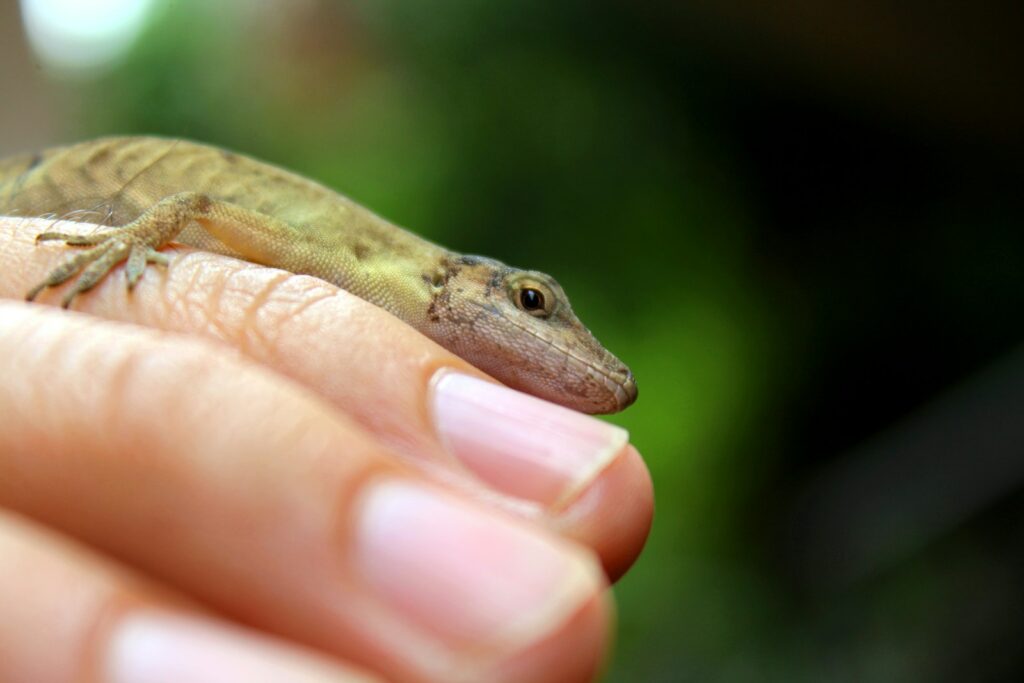
Proper hand preparation is a crucial step that many new gecko owners overlook. Before handling, thoroughly wash your hands with unscented soap and rinse completely to remove any residues of food, lotion, or other substances that could be harmful if ingested by your gecko. Ensure your hands are completely dry, as moisture can strip the gecko’s skin of natural oils and potentially cause skin issues. Your body temperature also matters—cold hands can shock your gecko’s system, so gently warm them if necessary. Some owners prefer to lightly mist their hands with room-temperature water to provide better traction and prevent the gecko from feeling threatened by dry, scratchy skin, though this practice varies depending on the gecko species and individual preference.
Creating a Safe Handling Environment

The environment where you handle your gecko plays a significant role in keeping stress levels low. Choose a quiet, enclosed space without drafts, extreme temperatures, or potential escape routes. Handling should never occur in rooms with other pets present, especially predatory animals like cats or dogs, as their presence can trigger extreme stress in your gecko. Keep the handling area free of sudden loud noises or movements, and ensure the room temperature falls within your gecko species’ preferred range. A soft surface beneath your handling area, such as a bed or couch, provides a safety net in case of accidental falls. Some owners create a dedicated “handling station” with appropriate hiding spots and climbing structures to give the gecko a sense of security during these sessions.
The Proper Approach Technique
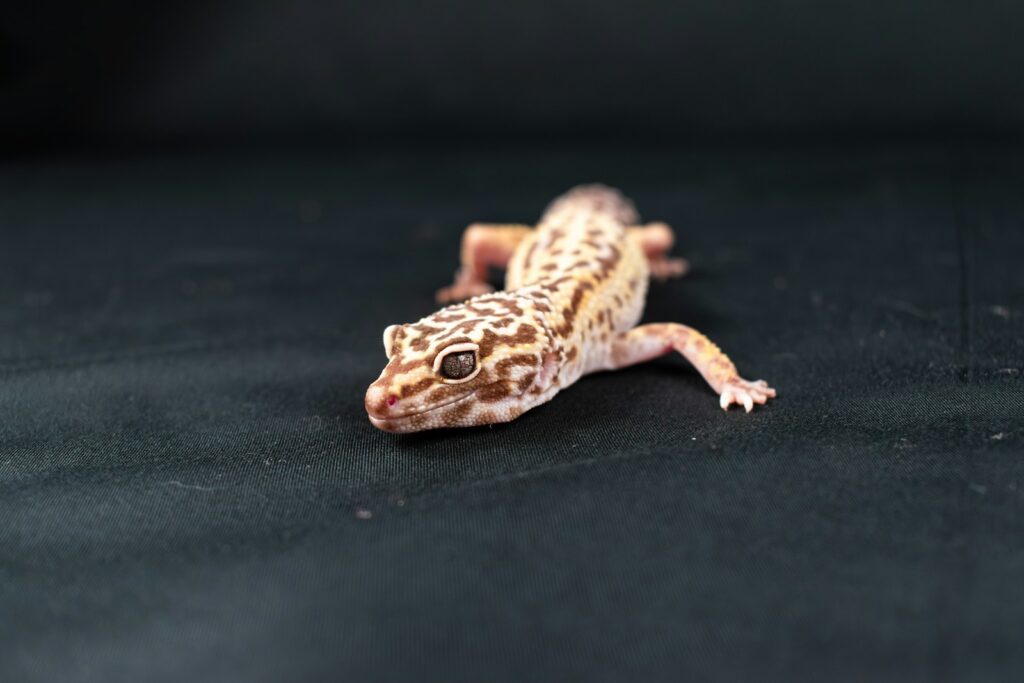
How you approach your gecko for handling can determine whether the experience begins positively or negatively. Always approach from the side rather than from above, as overhead movements mimic predator attacks in the wild and can trigger a fear response. Move slowly and deliberately, avoiding sudden gestures that might startle your gecko. Before attempting to pick up your pet, gently place your hand in the enclosure and allow the gecko to become aware of your presence. Speaking softly can help your gecko associate your voice with handling sessions, creating positive associations over time. Some geckos may walk onto your hand voluntarily, which is ideal, but patience is key—rushing this process can damage trust and create long-term handling difficulties.
Correct Hand Positioning for Different Gecko Species
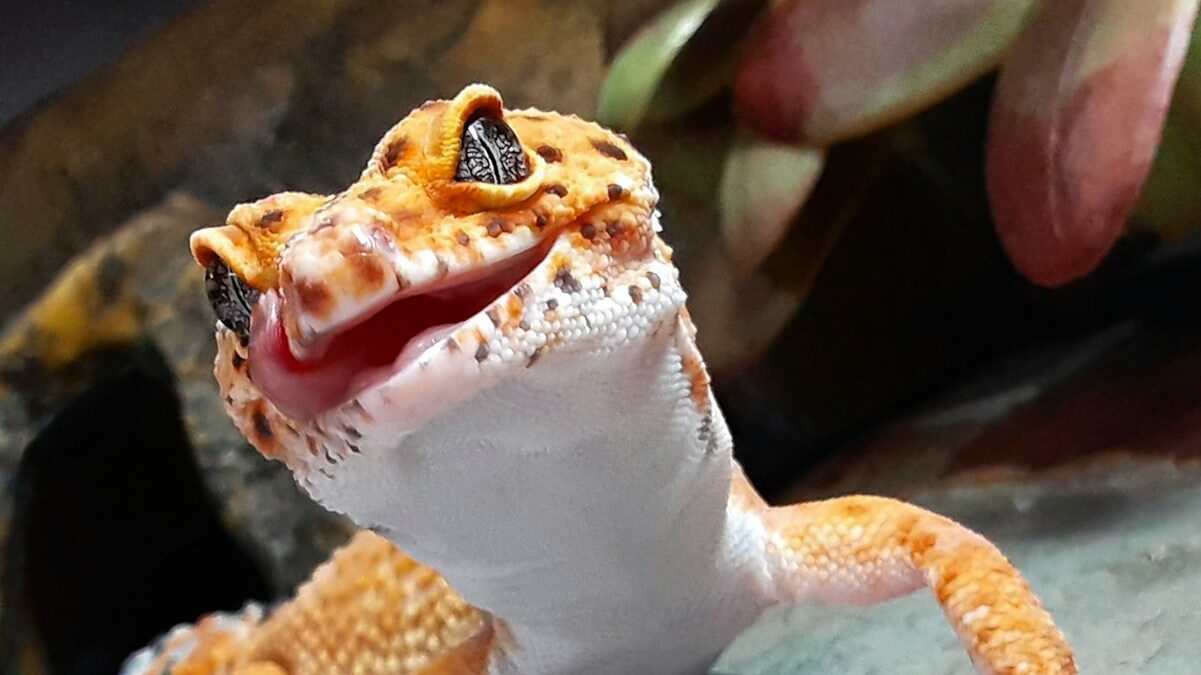
Different gecko species require slightly different handling techniques based on their size, body structure, and natural behaviors. For larger species like leopard geckos, supporting the body by placing your palm under their belly and allowing them to rest all four feet on your hand provides the most security. Crested geckos, with their prehensile tails and specialized toe pads, may prefer to grip your fingers or climb along your hands. Smaller species like house geckos require even more delicate support, often needing a flat, open palm to prevent them from slipping between fingers. Regardless of species, never grab your gecko around the middle, as this restricts breathing and triggers defensive responses. Instead, always scoop from beneath, ensuring complete support for their body weight while allowing natural movement.
Supporting Your Gecko’s Body Properly

Proper body support is essential for preventing injury and making your gecko feel secure during handling. Unlike mammals, reptiles lack a diaphragm, meaning their breathing can be compromised if their chest is squeezed or restricted. Always provide full support under your gecko’s entire body, particularly its belly and tail. For geckos with more delicate tails (especially those that can autotomize or drop their tails as a defense mechanism), take extra care not to create pressure on this area. Never allow your gecko to dangle, as this can cause stress on internal organs and joints. If your gecko begins to struggle, rather than tightening your grip, lower your hands to create a more stable platform and give the animal a moment to reorient itself and regain a sense of security.
Recognizing Signs of Stress During Handling
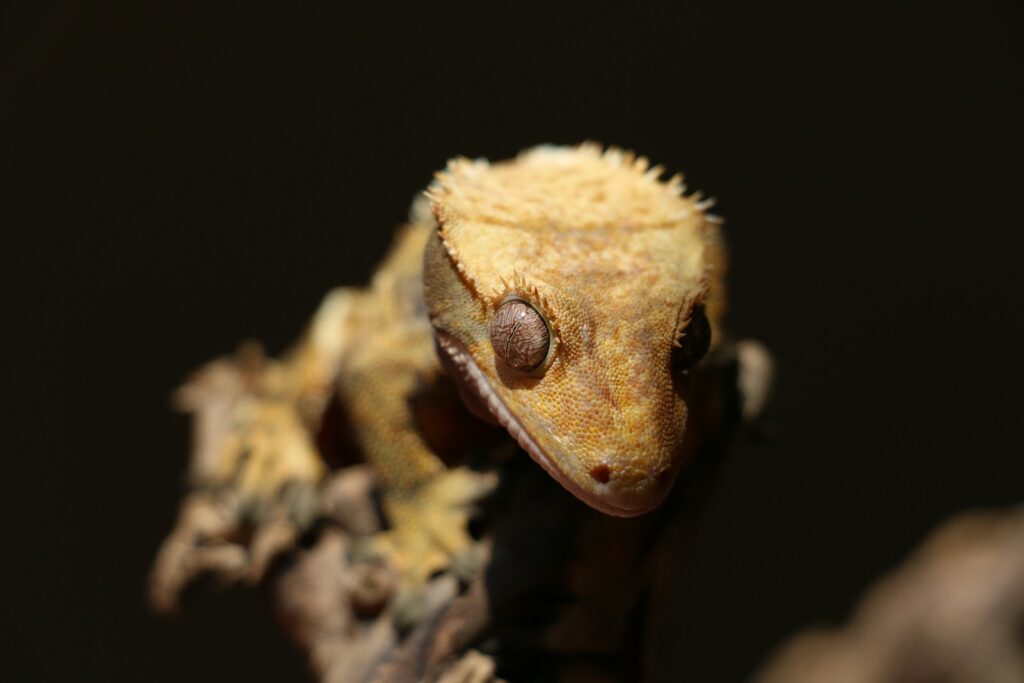
Being able to identify stress signals allows you to adjust your handling technique before your gecko becomes overly distressed. Common signs of stress include rapid breathing, mouth gaping (which can indicate respiratory distress), tail waving or stiffening, excessive squirming or escape attempts, and in some species, vocalization. More subtle signs include darkening of skin color, closing eyes tightly, or freezing completely. If your gecko defecates during handling, this is often a stress response rather than a coincidence. Some geckos may display defensive behaviors when stressed, such as biting, tail dropping, or secreting unpleasant substances. When you observe any of these signs, immediately but gently return your gecko to its enclosure and allow it to calm down before attempting handling again in a future session.
Building Trust Through Gradual Exposure

Trust-building with geckos doesn’t happen overnight but requires a consistent, gradual approach to handling. Begin with very short sessions of just 30 seconds to a minute, gradually extending the time as your gecko shows increased comfort. For particularly shy or nervous geckos, start with simply placing your hand in the enclosure without attempting to touch the animal, allowing it to investigate at its own pace. Food association can be particularly effective—offering treats from your hand creates positive associations with your presence. Some owners find success with “target training,” where the gecko learns to touch or climb onto a specific object that is then gradually moved closer to your hand. This process may take weeks or even months, depending on your gecko’s personality, but patience yields lasting results in the form of a calmer, more trusting pet.
Special Considerations for Baby Geckos

Juvenile geckos require extra caution during handling due to their smaller size and more delicate physical structure. Baby geckos are typically more skittish than adults and may have faster, more unpredictable movements that make handling challenging. When working with juveniles, keep handling sessions extremely brief—no more than 30 seconds initially—and always handle them close to a soft surface in case of jumps or falls. Their smaller bodies mean less surface area for heat retention, so they can become chilled more quickly during handling. Many experienced keepers recommend minimal handling until geckos reach at least three months of age, focusing instead on acclimation through presence and hand-feeding techniques. This developmental period allows the young gecko to establish proper eating habits and growth patterns without the added stress of frequent handling.
Handling Techniques for Specific Situations
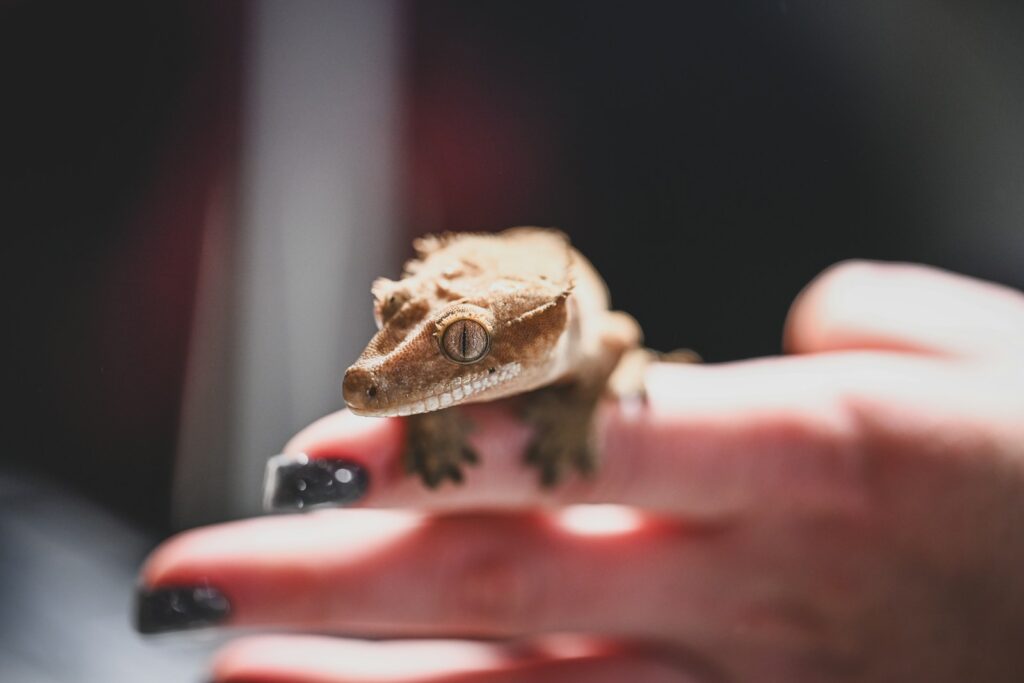
Certain situations require specialized handling approaches to minimize stress. During health checks or medicating your gecko, create a secure environment by using a small, escape-proof container lined with a soft cloth to examine the animal before attempting direct handling. For reluctant geckos, some owners find success with the “gecko burrito” method—gently placing the gecko on a soft cloth and loosely folding it over just enough to provide security while examining one area at a time. When transporting your gecko to a veterinarian, use a small, ventilated container with appropriate substrate and a hide, keeping handling minimal during these potentially stressful outings. If you need to capture a gecko that has escaped its enclosure, avoid chasing it directly; instead, herd it gently toward a container or corner where it can be safely contained without grabbing.
Post-Handling Care and Observation

After each handling session, carefully observe your gecko to ensure it readjusts to its environment without ongoing stress. When returning your gecko to its enclosure, gently lower it onto a flat surface rather than directly onto substrate that might get in its eyes or mouth. Provide access to hiding spots immediately, as many geckos will seek security after handling. Watch for normal behaviors resuming within a reasonable timeframe—eating, drinking, and typical movement patterns should return within hours after handling. Some geckos may benefit from a light misting of their enclosure after handling to encourage rehydration and help them reacclimate to their preferred humidity levels. Keep detailed records of handling sessions, noting your gecko’s reactions and any stress behaviors, to help you refine your approach over time and develop a personalized handling routine that works for your specific pet.
When to Avoid Handling Completely
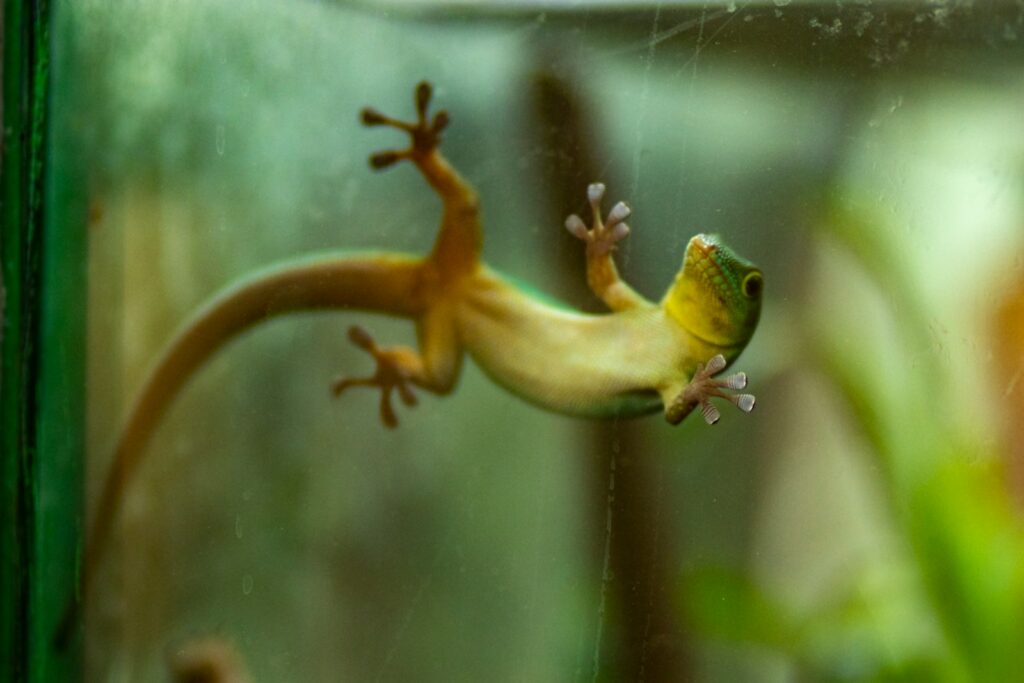
There are certain situations when handling should be completely avoided for your gecko’s well-being. During the shedding process, geckos have more sensitive skin and typically prefer to be left undisturbed; handling during this time can damage new skin or cause pieces of old skin to stick, potentially leading to circulation problems. Immediately after feeding, handling can disrupt digestion or even cause regurgitation, which is dangerous for reptiles. Gravid (pregnant) females require minimal disturbance, as handling can cause stress that affects egg development or laying behavior. If your gecko shows signs of illness such as lethargy, weight loss, or abnormal droppings, limit handling to necessary medical care under veterinary guidance. Some individual geckos simply never acclimate to handling, showing consistent stress reactions despite proper technique; respecting these individual differences is important for your pet’s long-term health and happiness.
Conclusion

Successfully handling a pet gecko requires understanding, patience, and respect for your reptile companion’s natural behaviors and needs. By following proper techniques, recognizing stress signals, and building trust gradually, you can create positive handling experiences that benefit both you and your gecko. Remember that each gecko has its own personality and preferences—what works for one may not work for another. The journey to comfortable handling is as important as the destination, requiring observation, adaptation, and genuine care for your pet’s well-being. With time and consistency, many geckos can become comfortable with gentle handling, allowing you to develop a unique bond with these fascinating creatures while still respecting their nature as exotic pets.




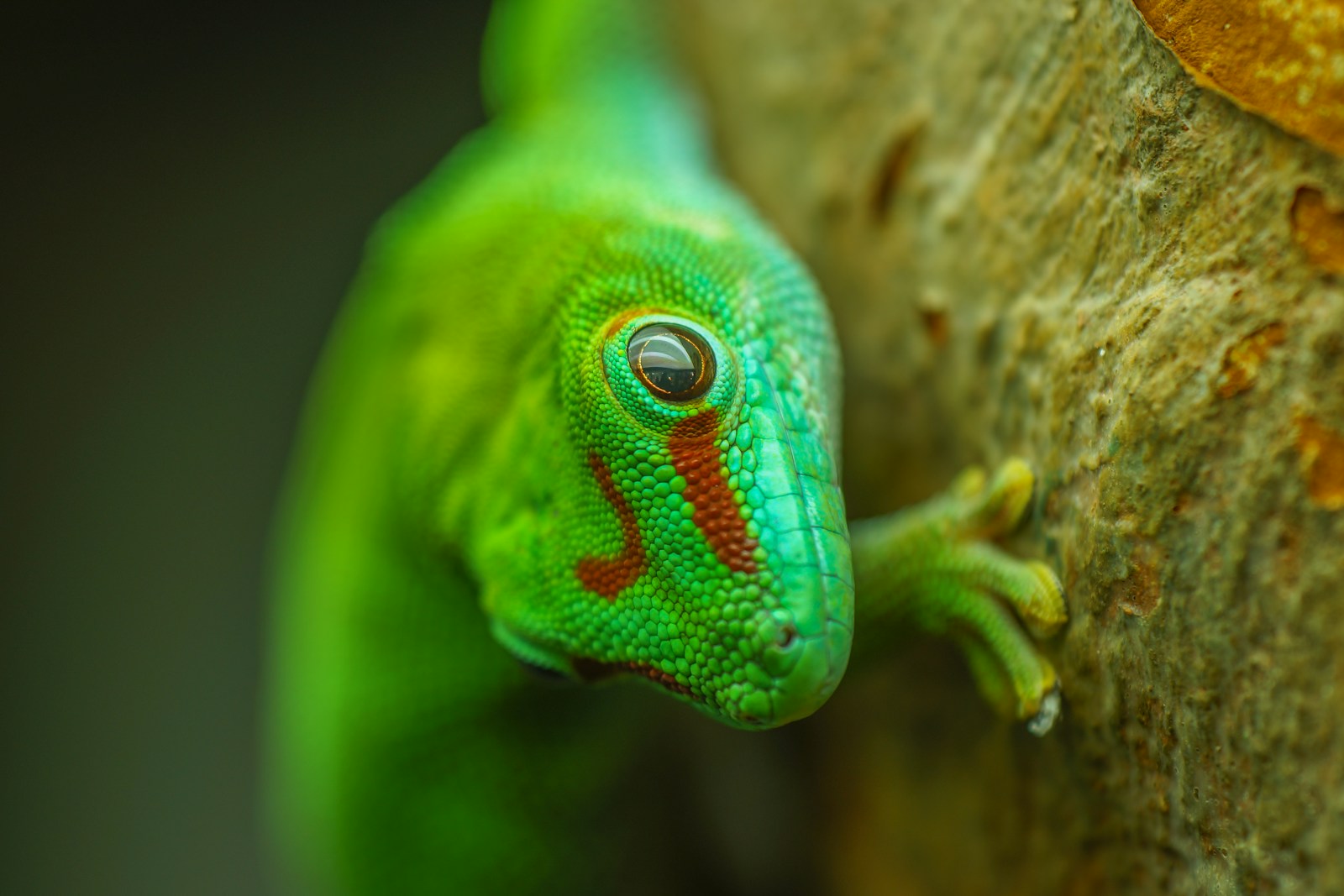
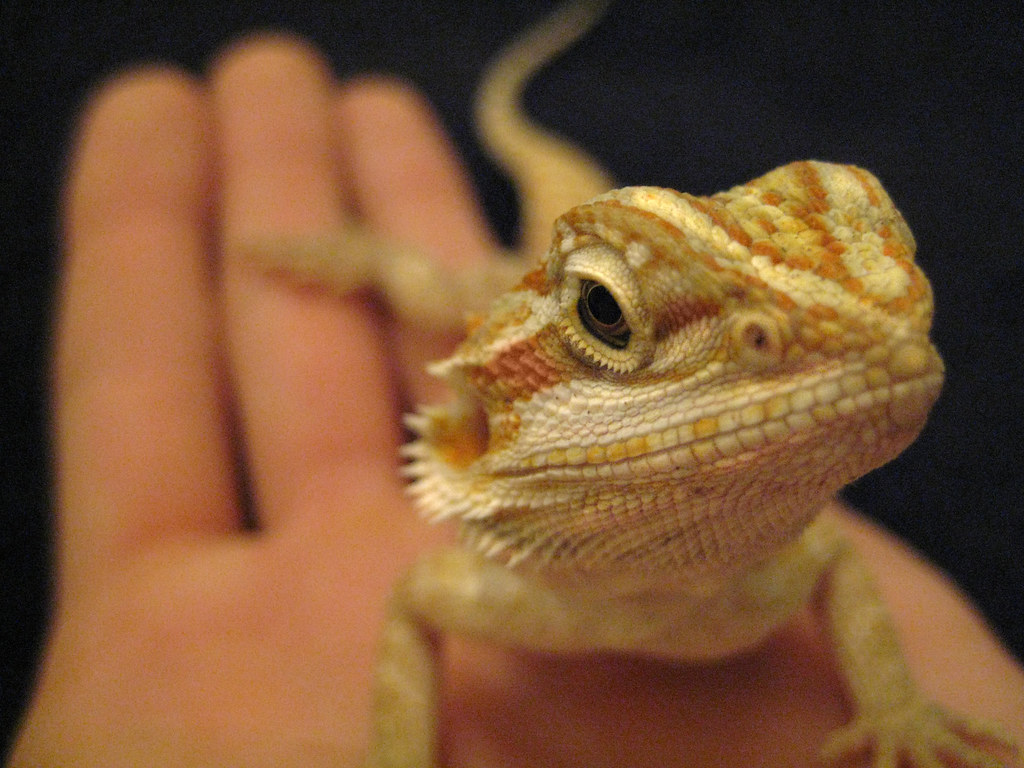

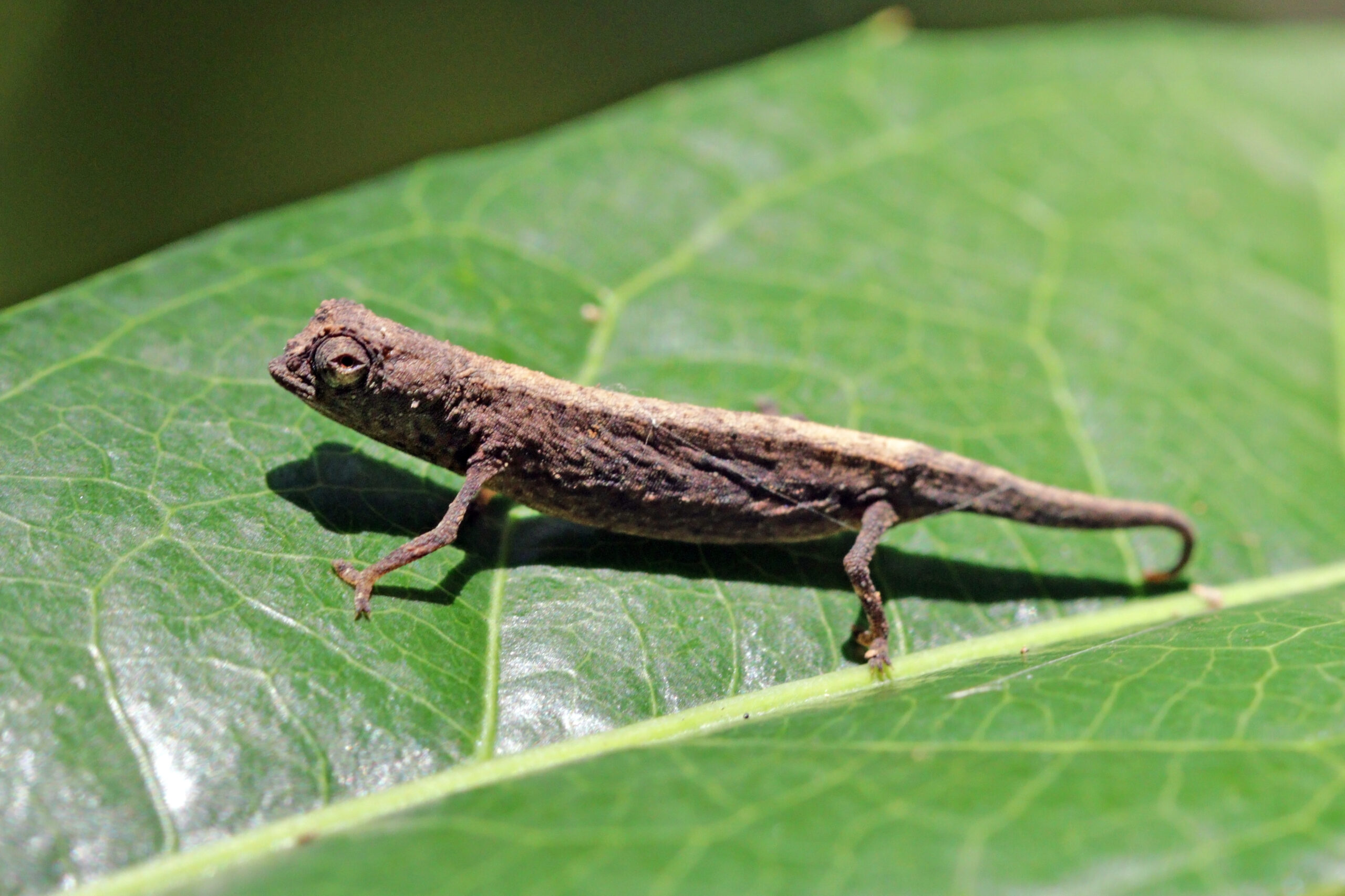

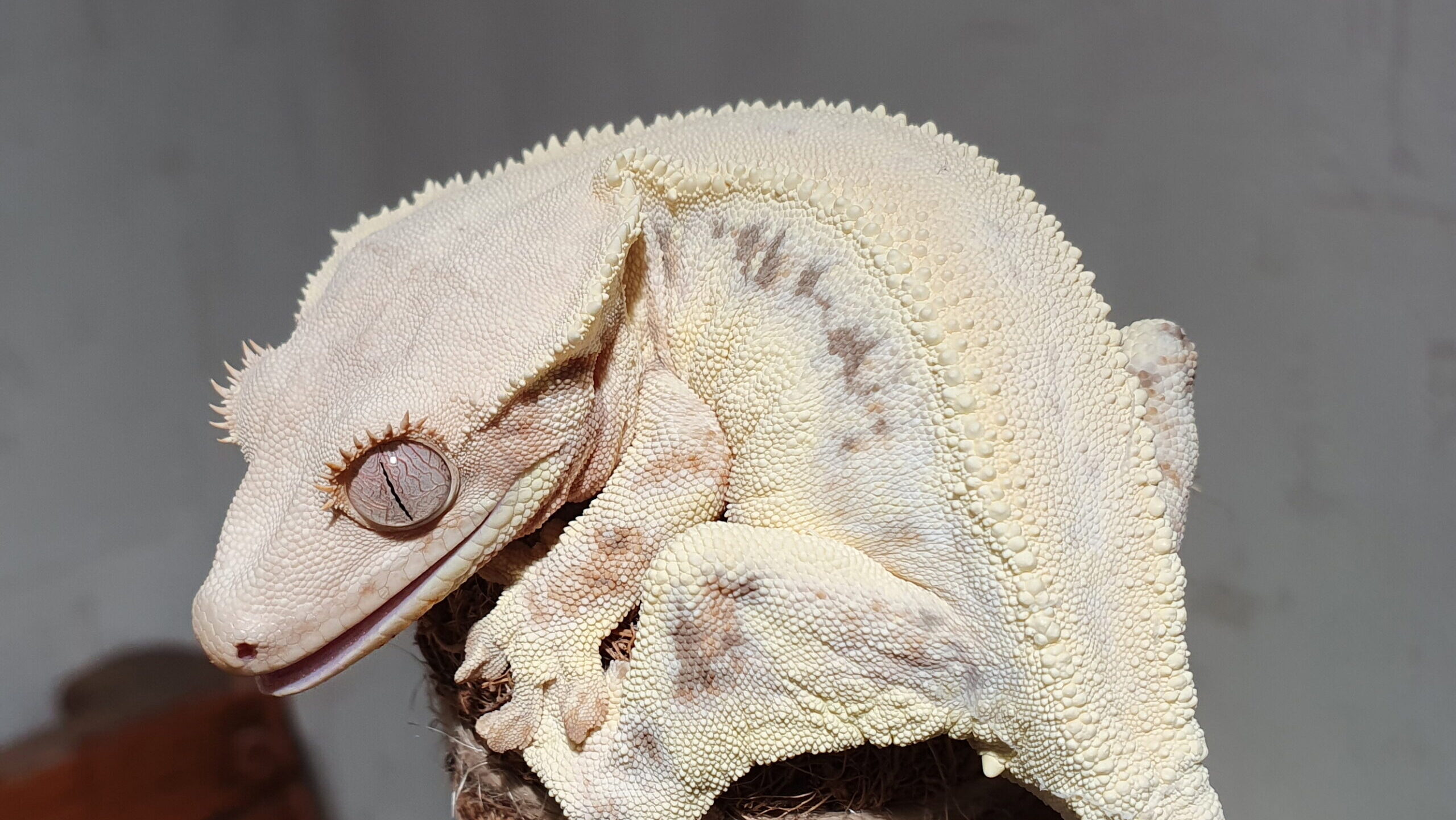
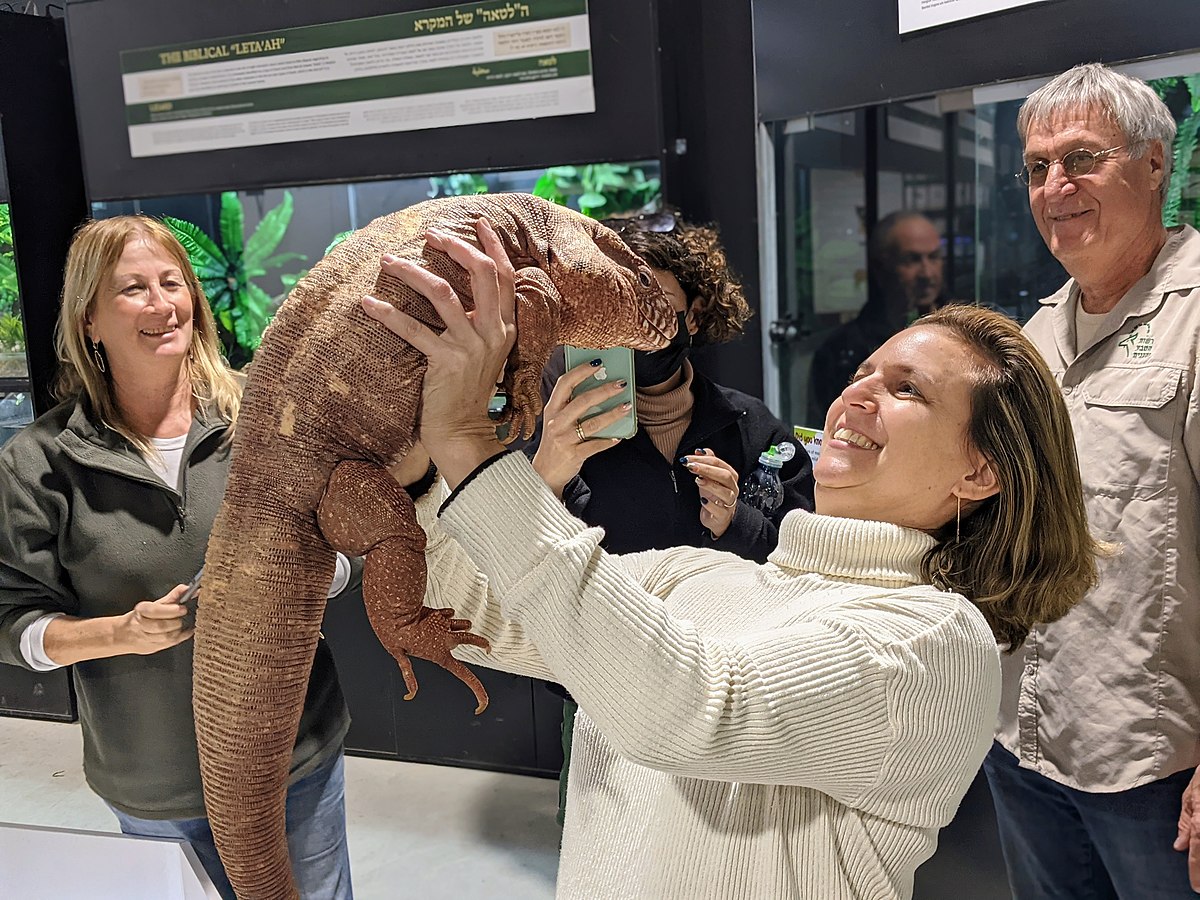





Leave a Reply